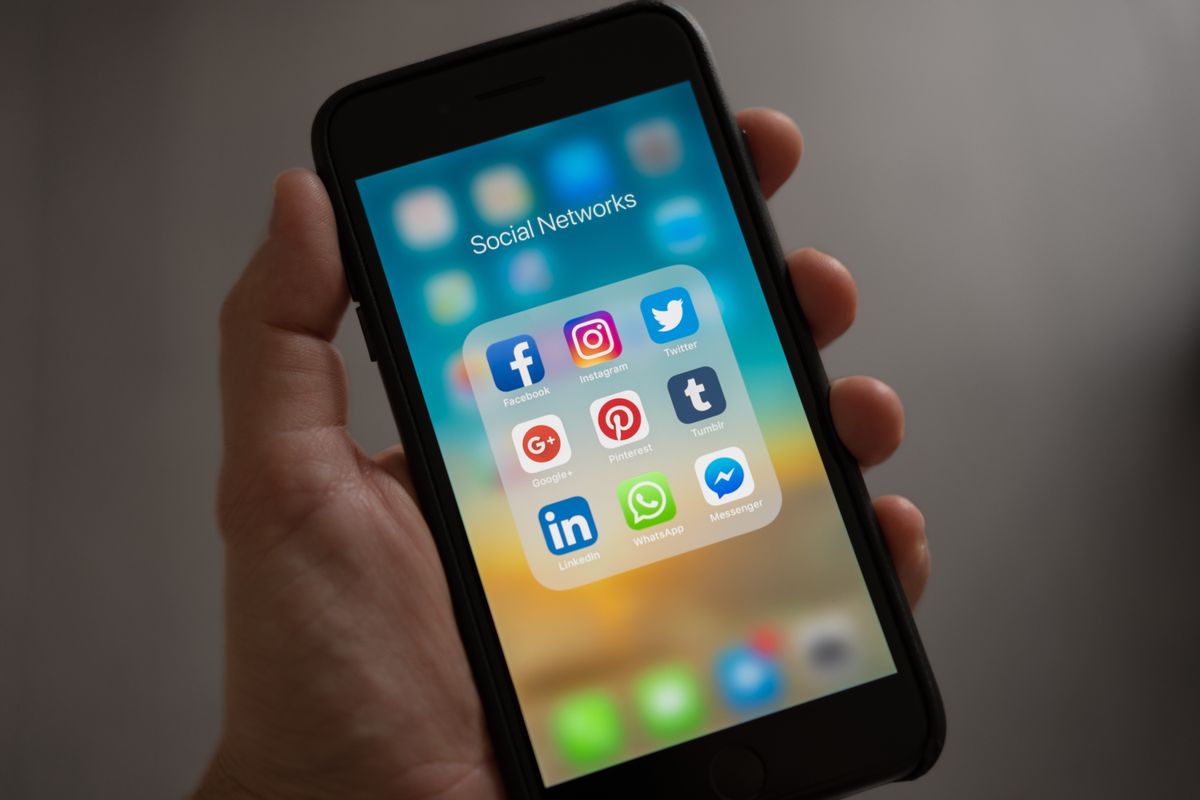Boost Your Social Media Marketing Strategy with Chatbots

When we think about business adoption of chatbots, customer service is the solution that typically comes to mind. 80% of brands plan to implement bots for customer service. However, bots can be used for so much more, from facilitating purchases to providing whole new experiences provided by startups. But in the intensely competitive world of social media marketing, chatbots can be quite a boon. Businesses are finding that implementing chatbot marketing into their social media strategies have big benefits that augment and outperform native features of social platforms—here’s how.
Chatbot Marketing and Social Media Strategy
The biggest benefit chatbots bring to social media is that they perfectly marry marketing with highly personalized one-to-one messaging. It goes without saying that social media has made it easier than ever for brands to connect to their customers. This development has prompted customers to reach out to brands directly via social when they need help. As of 2015, 67% of consumers went to Twitter and Facebook for customer service. While 33% preferred contacting brands via social media instead of the phone.
While this makes messaging an obvious feature to integrate into social media strategy, some brands might have trouble offering first-rate service to such a high volume of consumers. Chatbots, of course, are a great solution by providing personalized service at any time of day without any need to wait for a response. In this way, chatbots can also function as personalized distribution channels that supplement the posts you broadcast via the newsfeed.
Chatbots can also perform better than other aspects of social media marketing. For example, Just Eat launched a chatbot to raise awareness of their partner restaurants. They found that their 266% higher conversion rate far outperformed that of a typical social media ad. Adidas likewise found that a chatbot focused on their women audience generated more signups than an app would in the first couple weeks. Furthermore, brands may use chatbots to allow users to seamlessly browse and make a purchase in-app. 37% of consumers say they’re willing to purchase via a bot.
How to Enhance Your Social Strategy with Chatbot Marketing
Consumer/brand engagement is always shifting; consider how we interacted in social media’s early days versus today. While social media interactions were primarily textual in the past, we’ve since shifted to more visual-based engagement (think photos, gifs and video) in just a few years. Now, with the growing popularity of messaging apps—Facebook Messenger boasted 1.2 billion monthly active users in April 2017—conversation is becoming the next big development in consumer/brand communication. And businesses are picking up on this. 80% of businesses want to adopt chatbots into their strategies in the next two years.
Use Chatbots to Gather Demographic Data
A chatbot can collect key demographic data like gender, age, product/content preferences, location and more. These metrics are essential to identifying what products are more popular within a certain demographic, discovering what consumers care about most within a given location, measuring campaign effectiveness and more. While networks like Facebook already provide some data on user demographics and preferences, it can sometimes be out of date. For example, someone who “liked” a band’s page in high school might have vastly different tastes a decade later. Conversational data, though, is behavior-driven and keeps up-to-date over the course of conversation.
Chatbots are more effective at gathering data than through other means such as web forms. Rather than hand over email data, younger demographics are more keen to opt in to push notifications from a bot. The data gleaned from users’ conversations and consumption provides essential insight on their thought process every step along the consumer journey. This can further inform your campaigns and social media marketing strategy.
Push Content via Your Chatbot
This was mentioned earlier in passing, but it’s a strong strategy worth focusing on. Chatbots make for a great distribution platform, providing content to users based on what matters most to them. These can be referrals to content on your blog or targeted offers that provide real value to the consumer. While content you push to the feed goes out to all those whom are following your page, you can and should use your chatbot to provide a more optimized, personalized approach. Tie this with the ability to make purchases within the bot, and you’ve got a sophisticated sales funnel that doesn’t require consumers to ever leave the app.
Your chatbot should also extend the voice and tone you’ve established elsewhere on social media. Remember, social media is about making real connections and, well, socializing with your fans. Consider ways that chatbots can really add delight to the social experience. For example, H&M’s chatbot does an excellent job in helping users find a full outfit based on their tastes or an article of clothing they already own. How can your brand provide this level of insight and value on social media via conversation? A bot providing such a service heightens consumer engagement without requiring that you juggle another app or website. The entire experience is kept within your social profiles.
Synchronize Your Chatbot Marketing Across Platforms
Chatbot building platforms have made it easy for bots to exist on multiple platforms. You can offer a chatbot on Facebook Messenger that can also be used via Twitter direct messages, for example. This ensures a consistent experience across your social media profiles, and offers a wider reach for those that feel one platform is more attractive than another. Furthermore, integrate the chatbot with services like Slack or Zendesk to easily connect human agents to the conversation when their help is needed.
Sign up for Botanalytics and receive conversational and voice analytics today.
